Ignacio J. Tripodi
Computational Bioscience Program, Department of Pharmacology, University of Colorado Denver Anschutz Medical Campus, Computer Science, University of Colorado Boulder
An Open-Source Knowledge Graph Ecosystem for the Life Sciences
Jul 11, 2023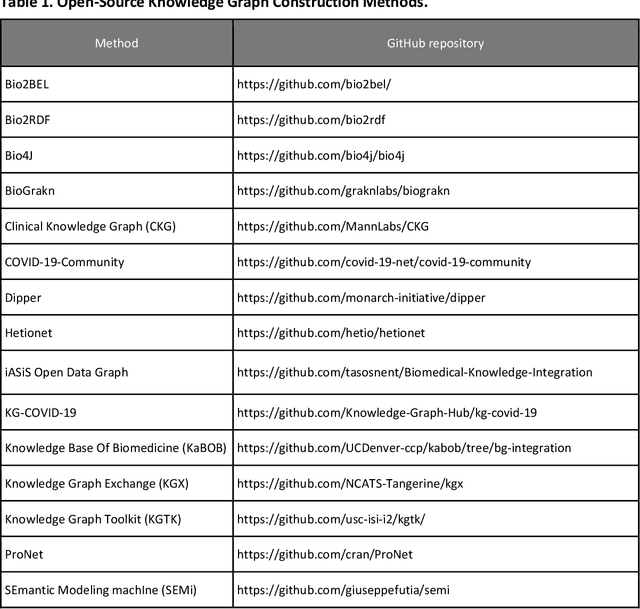
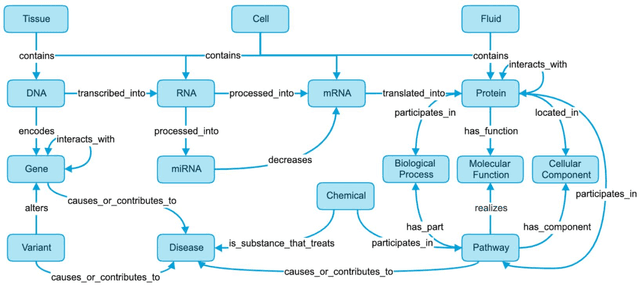
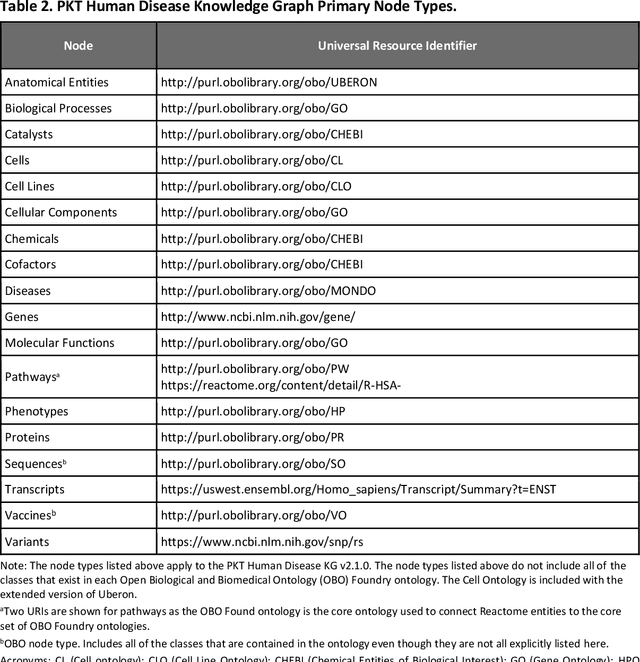
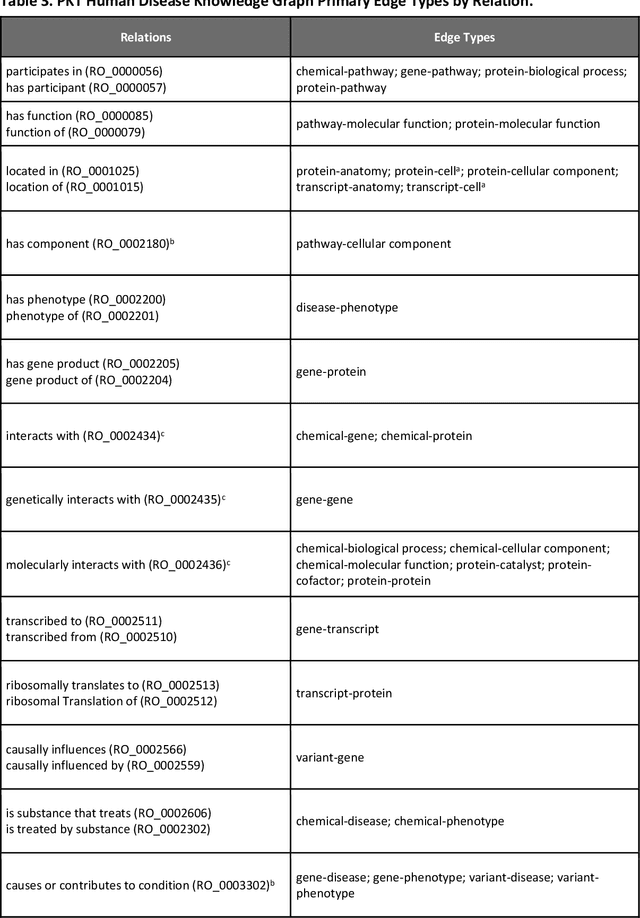
Abstract:Translational research requires data at multiple scales of biological organization. Advancements in sequencing and multi-omics technologies have increased the availability of these data but researchers face significant integration challenges. Knowledge graphs (KGs) are used to model complex phenomena, and methods exist to automatically construct them. However, tackling complex biomedical integration problems requires flexibility in the way knowledge is modeled. Moreover, existing KG construction methods provide robust tooling at the cost of fixed or limited choices among knowledge representation models. PheKnowLator (Phenotype Knowledge Translator) is a semantic ecosystem for automating the FAIR (Findable, Accessible, Interoperable, and Reusable) construction of ontologically grounded KGs with fully customizable knowledge representation. The ecosystem includes KG construction resources (e.g., data preparation APIs), analysis tools (e.g., SPARQL endpoints and abstraction algorithms), and benchmarks (e.g., prebuilt KGs and embeddings). We evaluate the ecosystem by surveying open-source KG construction methods and analyzing its computational performance when constructing 12 large-scale KGs. With flexible knowledge representation, PheKnowLator enables fully customizable KGs without compromising performance or usability.
Setting the rhythm scene: deep learning-based drum loop generation from arbitrary language cues
Sep 20, 2022



Abstract:Generative artificial intelligence models can be a valuable aid to music composition and live performance, both to aid the professional musician and to help democratize the music creation process for hobbyists. Here we present a novel method that, given an English word or phrase, generates 2 compasses of a 4-piece drum pattern that embodies the "mood" of the given language cue, or that could be used for an audiovisual scene described by the language cue. We envision this tool as composition aid for electronic music and audiovisual soundtrack production, or an improvisation tool for live performance. In order to produce the training samples for this model, besides manual annotation of the "scene" or "mood" terms, we have designed a novel method to extract the consensus drum track of any song. This consists of a 2-bar, 4-piece drum pattern that represents the main percussive motif of a song, which could be imported into any music loop device or live looping software. These two key components (drum pattern generation from a generalizable input, and consensus percussion extraction) present a novel approach to computer-aided composition and provide a stepping stone for more comprehensive rhythm generation.
Knowledge-based Biomedical Data Science 2019
Oct 08, 2019
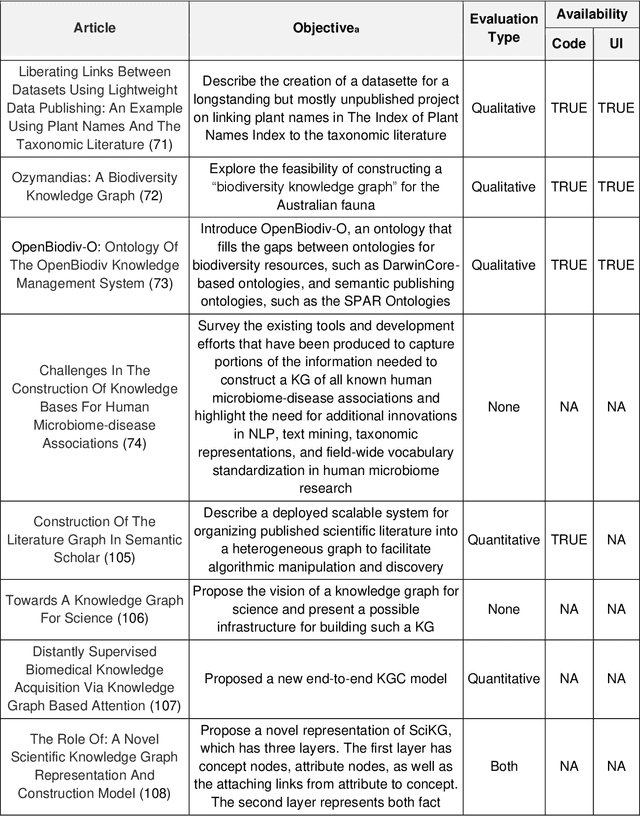

Abstract:Knowledge-based biomedical data science (KBDS) involves the design and implementation of computer systems that act as if they knew about biomedicine. Such systems depend on formally represented knowledge in computer systems, often in the form of knowledge graphs. Here we survey the progress in the last year in systems that use formally represented knowledge to address data science problems in both clinical and biological domains, as well as on approaches for creating knowledge graphs. Major themes include the relationships between knowledge graphs and machine learning, the use of natural language processing, and the expansion of knowledge-based approaches to novel domains, such as Chinese Traditional Medicine and biodiversity.
 Add to Chrome
Add to Chrome Add to Firefox
Add to Firefox Add to Edge
Add to Edge